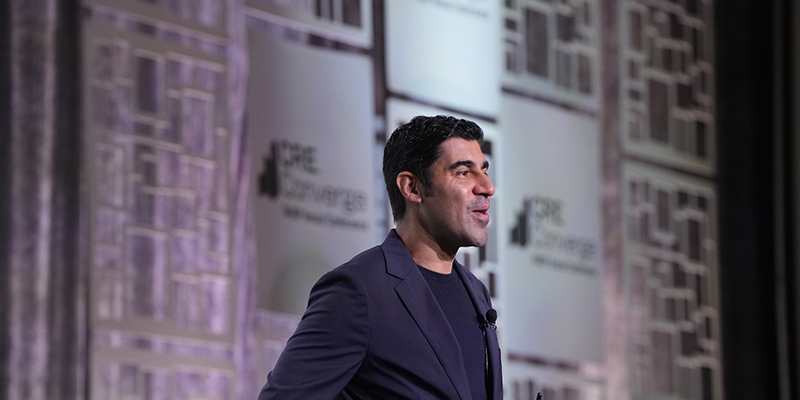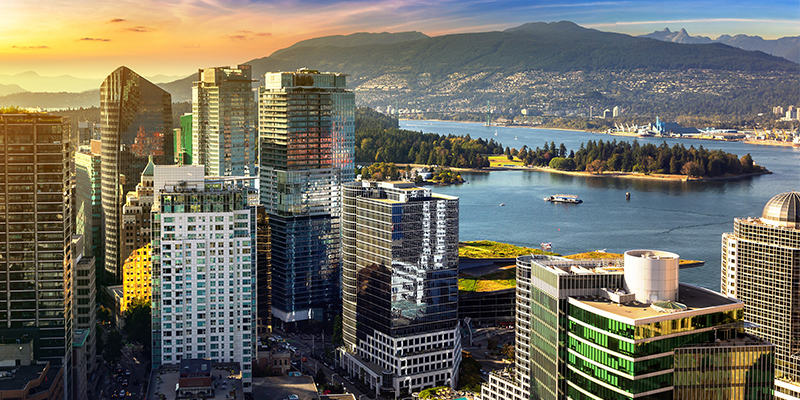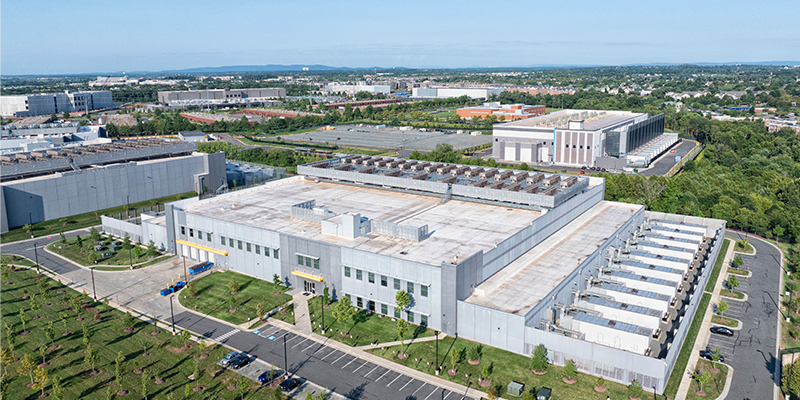While big-box developments attract interest from REITs, one of the largest sectors of the industrial market – the shallow bay, 15,000 to 50,000-square-foot warehouse building – supports critical activities including distribution, light manufacturing, regional and last-mile e-commerce logistics. In advance of Commercial Real Estate Conference 2016, Sept. 26-28, NAIOP spoke with Steven McCraney, SIOR, president and CEO of McCraney Property Company, about the opportunities available for developers and investors in that space, what he calls “the heartbeat of the U.S. industrial sector.”
 NAIOP: What are some of the market trends shaping shallow bay industrial?
NAIOP: What are some of the market trends shaping shallow bay industrial?
McCraney: With the face of retail quickly becoming the delivery truck, competitive advantage is achieved through speed of delivery to the consumer. The chain of distribution is now starting with real estate decisions, long before the creation of a UPS or FedEx shipping label.
E-commerce and logistics companies are taking note of an approach born from the aviation industry called “hub and spoke” to streamline distribution channels. Originally denoting a system of air transportation in which local airports offer flights to a centralized airport where international or long-distance flights are available, today’s cutting-edge companies are adopting and adapting this model to sell more to more people more often.
Reaching and retaining customers through speed of delivery is one of the largest trends driving the shallow bay industrial. The demand from tenants, particularly in markets proximate to growing populations, has made the product among the best performing of all industrial segments.
The slowdown in construction during the economic downturn created a vacuum within the industrial market that resulted in very little vacancy when companies started expanding again. To meet this built-up demand and continued strengthening of the industrial sector, there has been extensive construction over the past 24-36 months.
As such, in many major markets, available space/sites are dwindling, causing movement from the core outward to auxiliary transport routes. Supply limitations in many regions for shallow bay industrial resulted in the highest year-over-year rent growth year-end 2015 of any property type at 6.5 percent; with office at 4.4 percent and retail increasing 2.4 percent. From an investment/developer perspective, any available core sites are being priced at a premium with competitive bids and shallow bay industrial values are approximately 20 percent higher than the general warehouse market on average, with a continuing uptick in pricing.
NAIOP: Why does the largest sector of the industrial market remain in the 15,000 to 50,000-square-foot range?
McCraney: Industrial users with small-to-medium footprints (typically 200,000 square feet or smaller) constitute roughly 40 percent of the total 13.5 billion-square-foot industrial inventory, making it the dominant industrial property type in the U.S. The ratio is even higher for investment-grade properties, comprising 61.5 percent of the total 8.7 billion square feet.
With Amazon Prime, for example, now reaching nearly half of U.S. households according to a Consumer Intelligence Research Partners survey, it is essential to get product closer to the end user to meet the online retailer’s two-day free shipping guarantee. This is where the 15,000-50,000 square foot shallow bay industrial user comes in, serving as the “spokes” along the path from the “hub” and enabling companies to distribute to a large swath of the population within a day.
NAIOP: How have shallow bay industrial properties evolved with tenant demand?
McCraney: The increasing need for small-to-medium shallow bay industrial warehouse buildings to fulfill the “last-mile” support for delivery has resulted in the need for facilities that are located nearer to the end-user (consumer) and offer functional utility through design.
Shallow bay industrial properties constructed today are following the trends of the larger big box/e-commerce users, requiring greater land-to-building ratios (3-to-1 rather than 2-to-1). This increase is partially a result of the types of fulfillment work completed at the facilities, which translates to greater parking requirements for the tenant’s larger employee and personnel base, and enough land to accommodate greater truck courts, additional trailer storage, and a standard 36-foot clear height.
In addition to the higher cost of land due to the increased proportion relative to the building size, designing for e-commerce results in higher construction costs due to 36-foot clear height as a standard rather than 24- or 30-foot clear height, among other elements. These expenses can translate to a $0.50-$1.00 increase in price per square foot, but are often offset by the functional utility and location of the building, creating efficiency in transport through reduced time, distance and cost.
Hear more from McCraney and a great panel of experts discuss what’s driving the future of industrial real estate at Commercial Real Estate Conference 2016, Sept. 26-28, in Scottsdale, Arizona. See the conference website for details on who attends, session topics and project tours.








